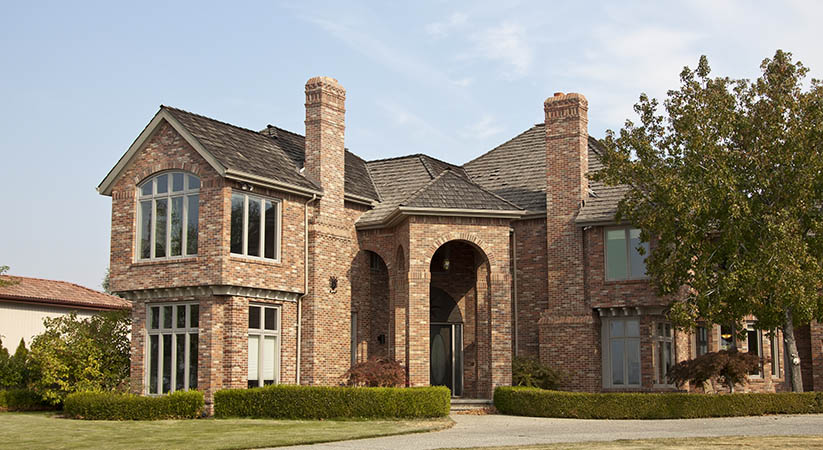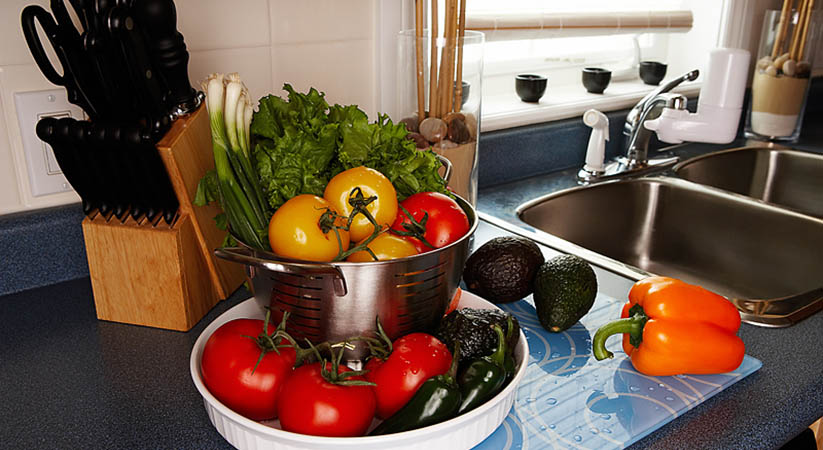The main way to prevent chimney fire is to get chimney cleaning done regularly by an expert. Every year hundreds of chimneys catch fire in the winter season. The culprit is not the chimney itself but a substance known as creosote.
Chimney fire hazards
Creosote is a clingy film on the insides of the chimney, which is formed when wood is burnt mixed with oxygen. The combustion process results in heat, smoke and other by-products into the chimney which cools down as it reaches further and forms a sticky tar like layer. The creosote increases overtime which can also spread to the chimney liner, the flue and the pipes. When the wood is burnt and produces high heat then this can lead to hazardous fires.
Tips to prevent chimney fire
- Get Your Chimney Cleaned
Chimney cleaning is extremely important and should be done by a professional chimney contractor. These contractors have the proper tools and knowledge on how to completely clean and remove the creosote form the chimney. You can easily burn your woods once then chimney is fully cleaned.
- Get an Annual Inspection Done
Creosote is not always the reason of chimney fires. Sometimes there is a leak in the pipes in the chimney or the flue or the chimney liner has been cracked. For these flaws and leaks you will need to get an annual inspection done by a chimney contractor thoroughly to prevent chimney fire. The contractor will completely inspect the chimney inside and outside and repair any leaks, cracks or flaws that need the done so that your chimney is safe to use and burn again.
- The Wood Used
Wood is used to burn and create fire in the chimney. There are many ways the chimney can catch fire if the wood is not used correctly.
- First of all, only dry wood should be used. When you use wet wood, it burns slowly and hence it releases more smoke into the chimney which causes an increase the quantity of the creosote produced. The use of dry wood is extremely important.
- Use wood that has been seasoned for at least 6 months or more.
- Always burn the highest firewood that you can find. There are many types of woods available and always do a thorough research before putting your logs in the fire. Some woods burn extremely easily and can create big fires which can cause a fire in the chimney and your house as well.
- Do Not Use Wood Alternatives
Although you may be really tempted to kindle your fire with wet twigs, tinted or painted wood, plastics, magazines, colored paper and wrapping paper, but you should never ever do that. These materials can cause hazardous fires as well as can release harmful gases and toxins into the air which are harmful for your health as well for the environment. You can use newspaper if you want to kindle your fire.
- Install a Chimney Liner
A chimney liner is a great thing to prevent chimney fires. It is a layer of protection between the chimney walls and the fire. They also help to provide better air flow and better passage for the combustion process along with protecting the chimney walls form excessive smoke and heat. A chimney liner will prevent extensive creosote buildup so you will not require regular chimney cleaning.
- A Chimney Cap
A chimney cap is a great investment when the chimney is not in use. When the chimney is open then many birds can create their nests and leaves and twigs can also fall down the chimney into the fireplace. Sometimes insects and small animals can also fall down and other time many flammable materials as well. This could result in dangerous fires so it is better to install a chimney cap to save your chimney for destructive fires.
- Do Not Use Combustible Liquids
Combustible liquids such as kerosene, gas and petroleum are meant to increase the fires but these are highly dangerous. These should never be used in your chimney under any circumstances. They are highly flammable and can lead to extreme huge fires which can burn your whole house. A chimney contractor Columbia MD would not recommend to place these liquids even near your fireplace.


